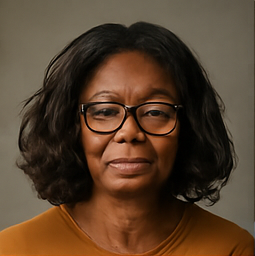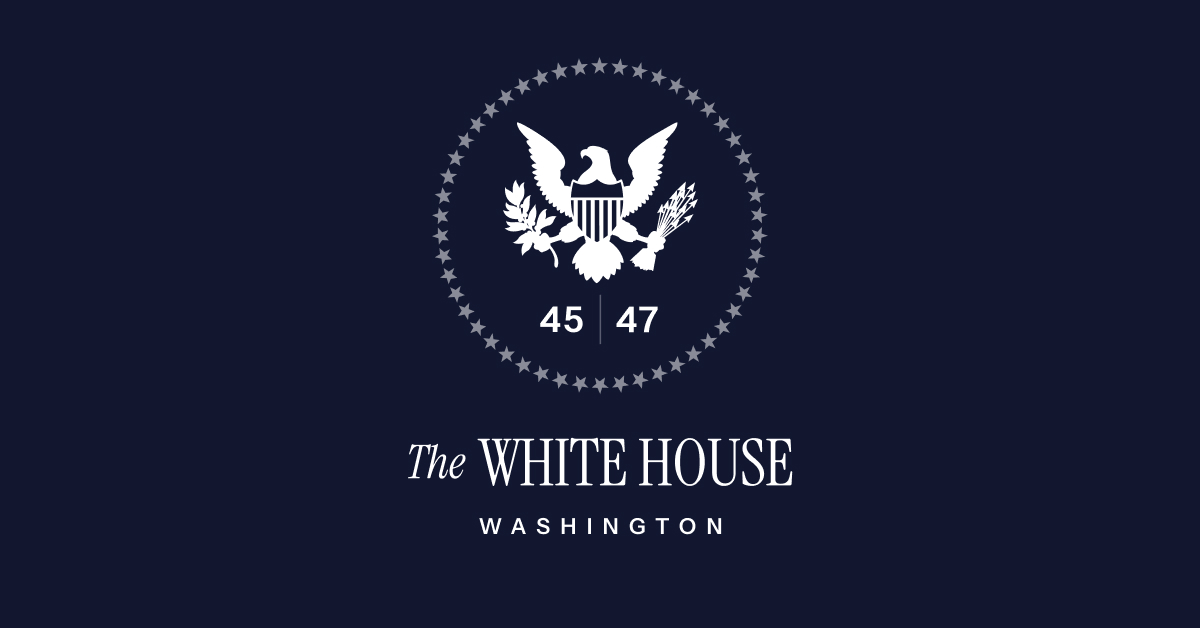The Changing Landscape of Marriage: An In-Depth Look at Education and Gender Dynamics

In recent years, discussions surrounding marriage have intensified, sparking debates about its relevance in modern society. Contrary to popular belief that marriage rates are plummeting due to the rise of educated women refusing to marry less educated partners, new research presents a more nuanced picture. Economists Clara Chambers, Benjamin Goldman, and Joseph Winkelmann, in their paper titled Bachelors without Bachelors, illustrate how marriage dynamics are stratifying based on education levels rather than declining overall.
With an increasing number of women achieving higher education, some observers have concluded that highly educated women are struggling to find suitable partners, particularly men with similar educational backgrounds. However, this narrative is misleading. Goldman, an assistant professor of economics and public policy at Cornell University, notes that the share of marriages where the wife holds a four-year degree while the husband does not has actually quadrupled. This indicates that college-educated women are adapting their expectations and forming relationships with non-college-educated men, a trend that has helped maintain stable marriage rates among educated women.
So, who is being left out of this marriage equation? The data reveals that it is non-college-educated women who are increasingly forgoing marriage. For example, among women born in 1930, about 75% were married by age 45. Fast forward to those born in 1980, and that figure dropped to around 52%, showcasing a substantial decline in marriage rates for this demographic.
Goldman's research highlights a critical insight: areas with lower rates of undesirable outcomes like unemployment and incarceration among men see a smaller marriage gap between college-educated and non-college-educated women. In fact, this gap is about 50% smaller in such locations. This finding raises significant questions about societal structures and expectations around marriage.
Amid these findings, the question of what to do next looms large. While some commentators urge couples to simply get married, Goldman expresses skepticism, pondering whether artificially inflating marriage rates would truly be beneficial. He emphasizes that many people genuinely desire to marry, and when they are unable to do so, it prompts deeper questions about societal barriers and the feasibility of finding compatible partners.
In a recent episode of the podcast Good on Paper, Goldman joined host Jerusalem Demsas to explore the intricacies of these findings. The discussion touched on the social pressure on women to marry up and the prevailing stereotype that college-educated women are too selective in their partner choices. Demsas noted that these narratives often overlook the realities of marriage rates among educated women and the changes in societal norms.
Goldman points out that historically, marriage was viewed as a universal experience, with marriage rates being consistent across educational backgrounds. However, shifts in societal expectations and economic landscapes have created stark contrasts in marriage rates today. For example, among men born in 1930, there was little difference in marriage rates regardless of education; now, close to 50% of men without a four-year degree are unmarried by age 45, a significant drop compared to their college-educated counterparts.
This decline has raised questions about the future of marriage among younger generations. Goldmans research suggests that trends will likely continue, with fewer than half of non-college-educated women born in 1995 expected to be married by age 45. The implications of this trend could further entrench economic and social disparities.
As dating apps have increased the dating pool, many believe they have positively impacted marriage rates by facilitating connections across diverse backgrounds. However, Goldman argues that while dating apps expand options, they often perpetuate existing inequalities by presenting limited choices due to geographical and socioeconomic segregation.
In discussing the implications of these findings, Goldman emphasizes the importance of addressing the root causes of marriage decline, particularly among non-college-educated men. These individuals often face significant barriers, including lower earnings, higher rates of incarceration, and societal stigmas surrounding their status. As the researchers concluded, understanding these dynamics will be crucial for policymakers and society at large looking to foster healthier relationships and marriage outcomes in the future.
























